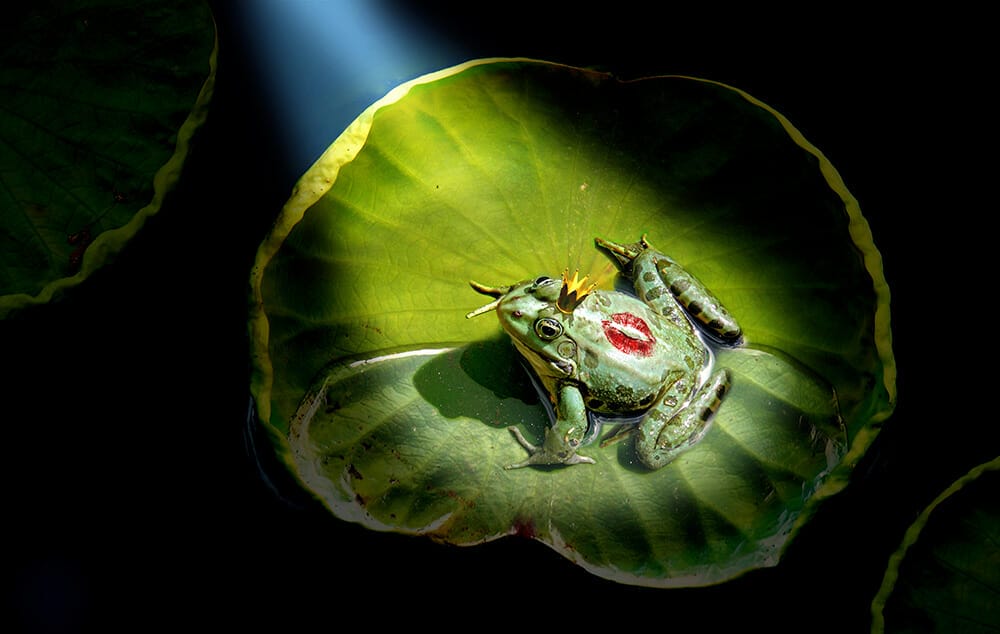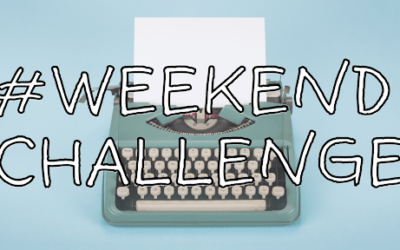
Once Upon a Time: Writing Fractured Fairy Tales
The words ‘Once Upon a Time’ have the rare ability to instantly transport us to another world. A world packed with magic and fantasy, where true loves kiss conquers all and good wins over evil.
Fairytales have endured for generations because they have amazing storytelling potential. They give teenagers and adults a chance to relive a story from their childhood and offer young readers an escape into an exciting, magical world.
This long history can mean delving in to create a brand new fairytale can be a daunting task. Read on to discover how you can create your own ‘happily ever after’ with your very own fractured fairytale!
What are ‘Fractured Fairytales’?
Fractured fairy tales are a type of retelling, a form of storytelling that uses an existing story as a foundation for something new. Retellings can be applied to historical events, myths and legends, or even classic novels, and their popularity shows no sign of waning.
Fractured fairy tales are all about the ‘what ifs’ of the story, exploring brand new angles of the classic narrative to create something that’s totally original.
We all know that Cinderella loses her glass slipper at midnight and that Little Red Riding Hood is fooled by the Big Bad Wolf. But what if Jack lost his magic beans and someone else found them? What if Rumpelstiltskin could turn straw into wishes instead of gold? What if Sleeping Beauty was transported into her own dreamland where she had her own adventures?
Because every writer will look at a story with a different ‘what if?’, the same basic plot can be transformed into countless new ways.
Making it New
The biggest challenge with this form of storytelling is pinpointing what element of the original you’d like to twist. Is it the classic plot structure? The appearance of magical creatures, fairies or witches? An archetypal character in a brand-new setting?
A story that starts with only a few hundred words could turn into a book of several thousand, filled with brand new characters, exotic locations and riveting plotlines, so it’s crucial that you know the original inside and out. Luckily, many of the stories that were popularised by the Brothers Grimm, Charles Perrault and Hans Christian Andersen can be found easily online. Fairy tale anthologies are also a great way to find new, minor stories you may never even have heard of.
Your retelling doesn’t need to focus on the child-friendly versions we all know either. The nature of fairy tales means they have changed again and again with every generation, so the original stories are brutal, exciting and deliciously dark.
For example, The Little Mermaid ends with an ultimatum; the little mermaid can on dry land in agony, or kill her love and let his blood wash over her feet. Instead, she chooses to throw herself into the ocean to become seafoam. It’s no wonder that ending didn’t make it to Disney…
Getting Creative
Fracturing a fairy tale doesn’t necessarily mean messing with structure, as every story needs well formed plot, conflict and climax. But it does mean that you can try lots of fun things with your chosen tale like…
Stock Characters
We all know about the protagonists, but fairy tales are home to far more characters — cackling witches, fire-breathing dragons and big bad wolves. Why not write a story from their perspective?
Challenging Convention
Who says that the princess can’t be friends with the dragon guarding her tower, or that the three little pigs aren’t really so innocent after all?
Location, Location, Location
Fractured fairy tales don’t need to take place in a land far away and changing the setting can give a brand new perspective.
Happily Ever After?
It’s your opportunity to explore what came after the end, or how the characters came to be.
Switching it Up
What happens to the story when you switch up genders, ethnicities or nationalities? What if the prince fell in love with a beautiful woman under the waves, and desperately wished to become a merman instead?
Behind the Scenes
The main plot of a fairy tale has stayed the same throughout the centuries, but it doesn’t need to stay that way. New characters, plot points or scenarios can add a fun twist on the classic.
Keeping it Simple
Fairy tales may be short and sweet, but your retelling doesn’t need to include the entire original plot. There are so many memorable moments in the classic tales, so try focusing your retelling on a particular scene.
Role Reversal
A classic fairy tale always features a protagonist and an antagonist, but what if their roles are exchanged?
When you’re first approaching a story, it’s best to start simple by changing a small, key event. Small changes can have big consequences, so any changes don’t have to be dramatic to make a story memorable.
Entering the 21st Century
Fairy tales have endured for centuries, but they’re certainly not stuck in the past. Whenever a story was told, tiny changes transformed the tale, evolving every time.
We may think they are outdated, but they’re an amazing way to explore how tradition and modernity weave together. Don’t feel confined by setting, time period, or even the gender and social constraints of the original. Not every girl dreams of going to the ball and not every boy wants to slay the dragon.
In the same way, fairytales have stuck to gender conventions that are way out of date. Female characters were often princesses or damsels in distress waiting patiently for their Prince Charming to come and rescue them. Or, they were jealous, haggard or evil witches, stepmothers and queens who get their comeuppance.
Particularly when writing for adults or young adults, fractured fairy tales are a great way to cast characters in a new light. It’s a chance to add nuance, three-dimensional characters and updated social norms. The twists force us to question the kind of conventions that put characters into such restrictive roles. As cheesy as it sounds, fairy tale retellings send an important message: you don’t have to be a princess to deserve a fairytale ending.
Happily ever after?
We all know at least one fairy tale off by heart, but how is it possible to re-tell a story that’s been told a million times before?
The truth is that all fairy tales have evolved over centuries being told time and time again. They’ve advanced with each retelling and dozens of variations are told differently all over the world. Every single storyteller sees a story in their own way. All you need to do is figure out how you want to tell it.
Read our Latest Articles for Writers
The Writer’s Guide to Social Media
Today we are talking about a topic that intimidates many writers and illustrators, social media. Good news! It doesn’t have to. The key is to choose the platform that is most enjoyable to you. The one you don’t mind spending time on and fosters authentic...
How to Win a #WeekendChallenge
Thank goodness it’s Friday, WA Community, and not just because it’s the start of the weekend. Friday’s have us happy dancing because that’s when we announce the new #WeekendChallenge prompt. The #WeekendChallenge is an opportunity to write a 100-word entry based on a...
Submitting Your Story: 7 Tips to Survive the Query Trenches
You’ve typed “the end”, received feedback, and revised your story. Congratulations, you are ready to enter the Query trenches! Whether you decide to query an agent or an editor is a personal preference but these seven survival tips will apply to both query routes....
Subscribe to our mailing list
Be the first to find our about our newest blogs, offers and news from Write Academy!







